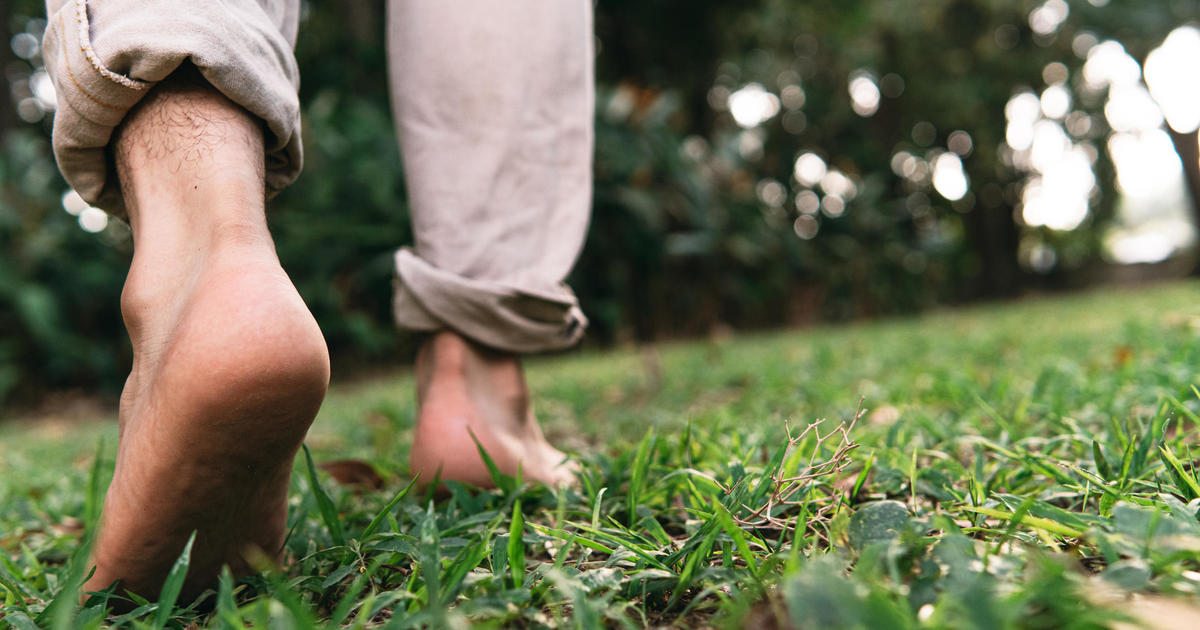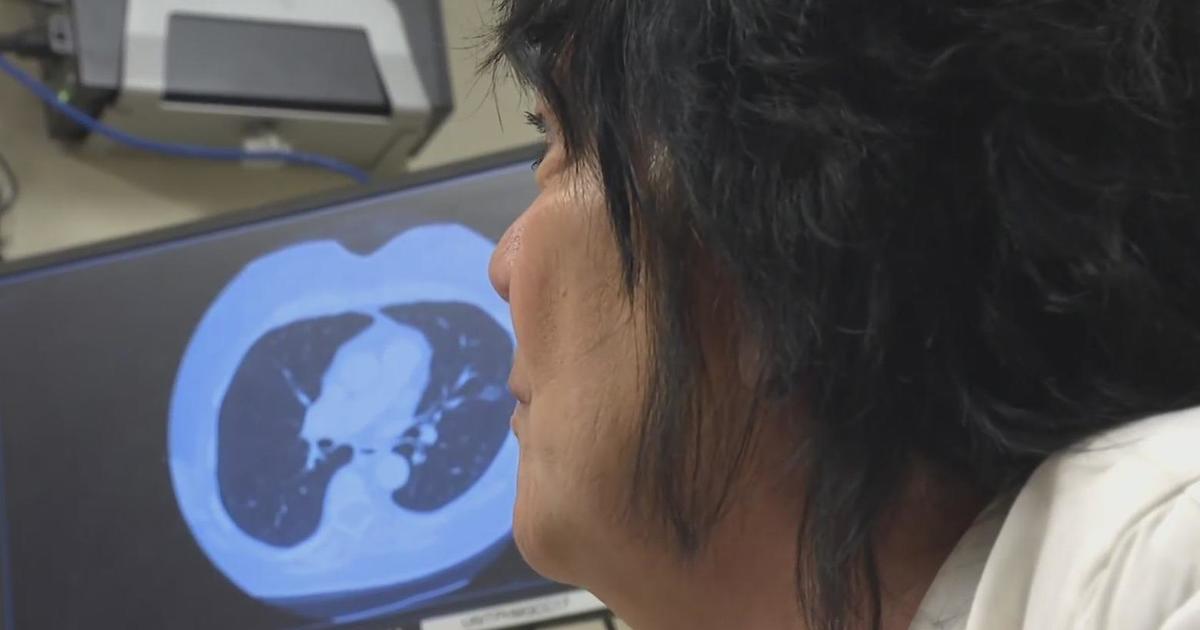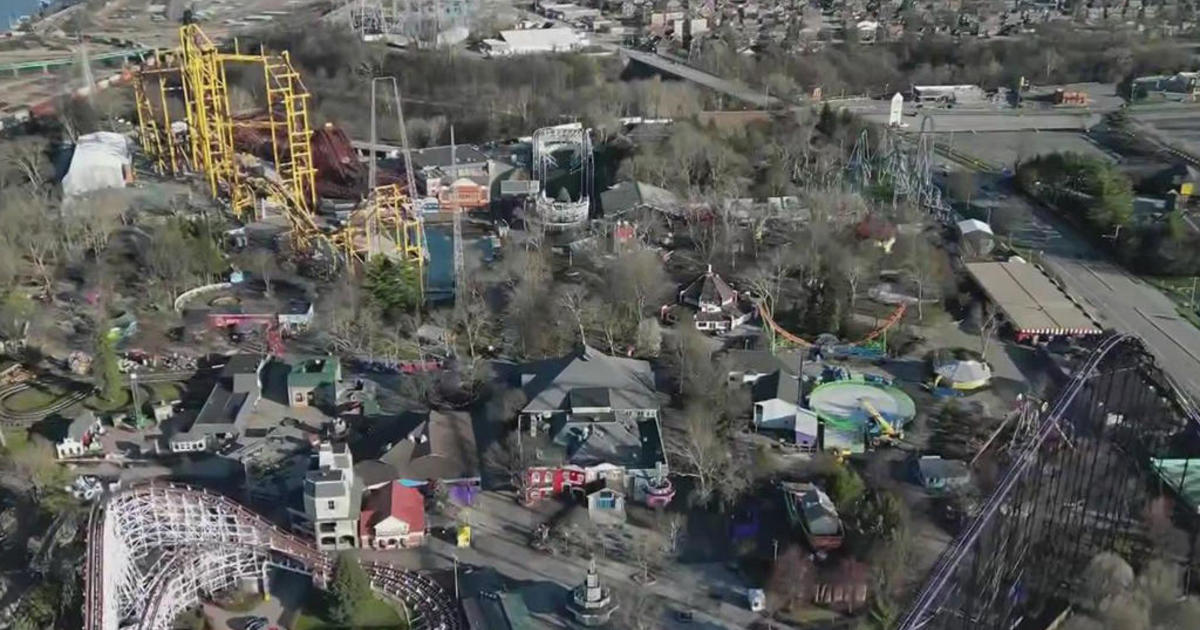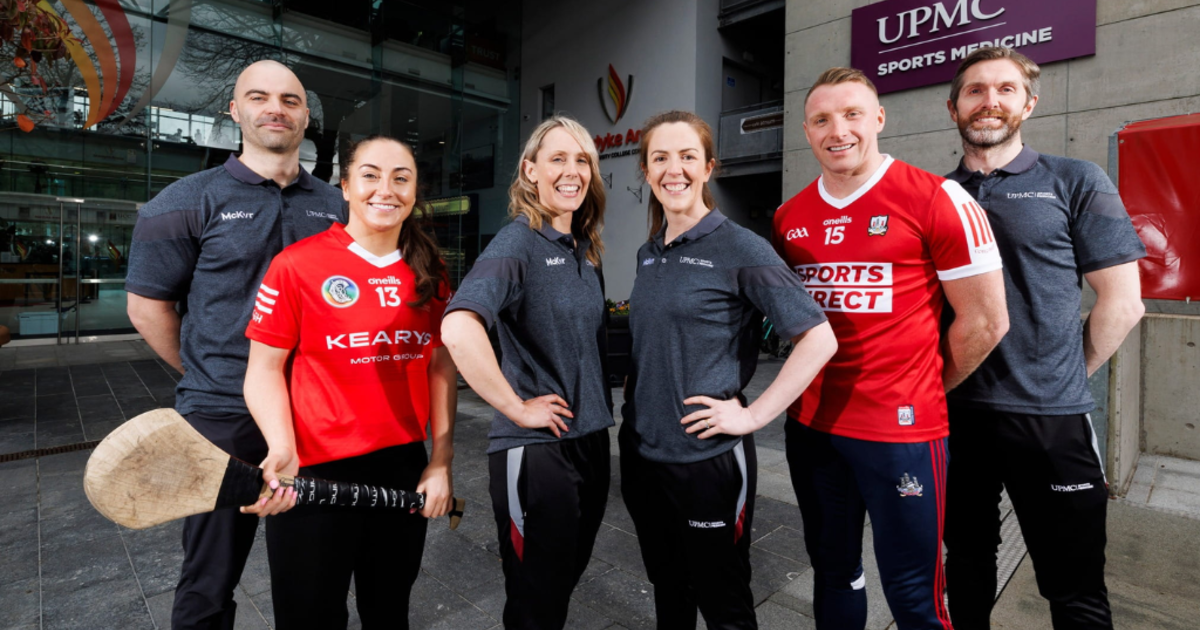CMU Facial Recognition Technology Could Be Future For Catching Criminals
PITTSBURGH (KDKA) – Much like fingerprints, our faces are unique – no two exactly alike.
As human beings, we see the differences, but what can a computer see?
In the movie "Minority Report," cameras in a shopping mall recognize Tom Cruise's character and ads speak directly to him.
While that's fiction, new technology at Carnegie Mellon University is not.
Inside the CyLab Biometrics Center at CMU, is a drone that's programmed to seek out faces.
It wants to take your picture.
And in the next room, is something they're working on for the Department of Defense.
The camera the drone uses can see someone's eye from a distance and then the system checks to see if that person has been entered into its database – or is a possible security risk.
But the center's director Mario Savvides showed us something remarkable. They started by taking a picture of KDKA's David Highfield and adding it to their computer.
"First step, we analyze the face to extract 79 landmarks," said Savvides.
It mapped out his face and then determined that he's male and Caucasian.
It's similar to the fictional mapping seen on many TV shows, where detectives compare faces.
But at CMU, from a single picture of Highfield looking straight forward, "We are able to show if we can generate a 3-D model of your face from that single 2-D photo," Savvides said.
The computer is able to figure out what he looks like form a variety of different angles.
"This is wild, it's pretty awesome," Highfield said.
When the image is frozen and Highfield stands next to it, it's pretty clear that "Cyber David" is almost spot on.
That's useful, because in surveillance videos, criminals rarely pose staring straight into the camera. So being able to calculate different angles is a real benefit – and so is being able to remove something blocking a face.
Highfield also posed with his hand covering part of his face and the computer was able to take the hand away, displaying what he would look like underneath.
A real life test for their advancements came with the Boston Marathon Bombing. The FBI released fuzzy surveillance photos of the suspects.
"Facial recognition systems couldn't do anything with that … that's when we actually sprang into action," Savvides said.
They began plotting what the suspect might look like, hours later in the middle of the night, they sent what they came up with to investigators.
Dzhokhar Tsarnaev was later identified another way, but once his actual picture was released, the Cylab compared it to what they came up with.
Then they took steps further. They put Tsarnaev's photo into a database with 1 million mug shots. Using the image they constructed from surveillance and by supplying information such as his gender, his ethnicity and his likely age range, the computer picked him as No. 20 out of 1 million. The 20th most likely match to the fuzzy, out-of-focus surveillance photo that was released.
Savvides thinks that shows the potential of whey they do at the CyLab.
"That's huge," he said. "It could be a game changer for law enforcement."
RELATED LINKS
More Local News



